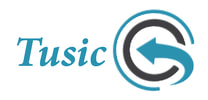Emily LepertSoftware Engineer
Emily is a sophomore at the Olin College of Engineering studying Computer Science. She worked on the software and integration of the project.
Magnolia PakPhysicist
Magnolia is a junior at Wellesley College majoring in Physics. She worked on electrical aspects of this project.
|
Kristen BehrakisSoftware Engineer
Kristen is a sophomore studying Computer Science at Olin College. She worked on software, integration, and some of the mechanical systems for this project.
Hannah KolanoMechanical Engineer
Hannah is a sophomore studying Mechanical Engineering at Olin. She mainly worked on the mechanical systems.
|
